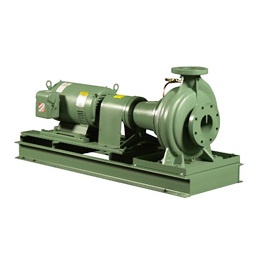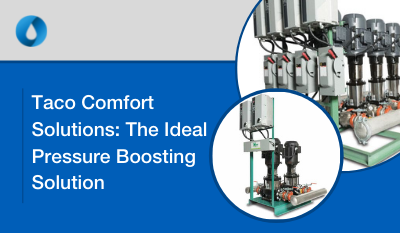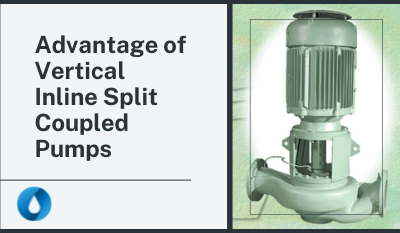Re-published post from September 2015
Earlier, we established there might be some efficiency advantages within a variable speed pump by NOT trimming the impeller. From a strictly academic standpoint, this is certainly true. Why, then, would anyone object to full-sized impellers on variable speed pumps?
- Motor Overload at Full Speed: If the duty point (GPM & Head) for a particular model pump allows for a smaller horsepower motor selection, the maximum speed for the variable frequency drive (VFD) would need to be programmed to prevent overloading the motor at full speed. This relies on the programmer/operator to input the correct values and the VFD to retain them.
- Bypass Operation: Many VFDs are installed with a bypass component. If the VFD fails, the bypass takes over to run the motor. When it does this, it emulates an across-the-line starter, meaning it will run the motor at full speed. This would be a problem if, again, the motor was selected at a horsepower less than maximum.
- Speed Modulation Limitations: Maximum and minimum flow rates for a particular system should be considered. By limiting the maximum speed, it is possible to narrow the operating range of the VFD too much, thereby sacrificing system performance. For example, if it is determined the VFD max = 45-Hz, VFD min = 30-Hz, then we’ve limited the VFD operating range to 15-Hz, as opposed to trimming the impeller and allowing the VFD to operate between 30-Hz and 60-Hz, a much wider operating range.
In short, consider the pump performance relative to its system configuration before making a decision to reduce the speed rather than trim the impeller.




.png)




Submit a Comment